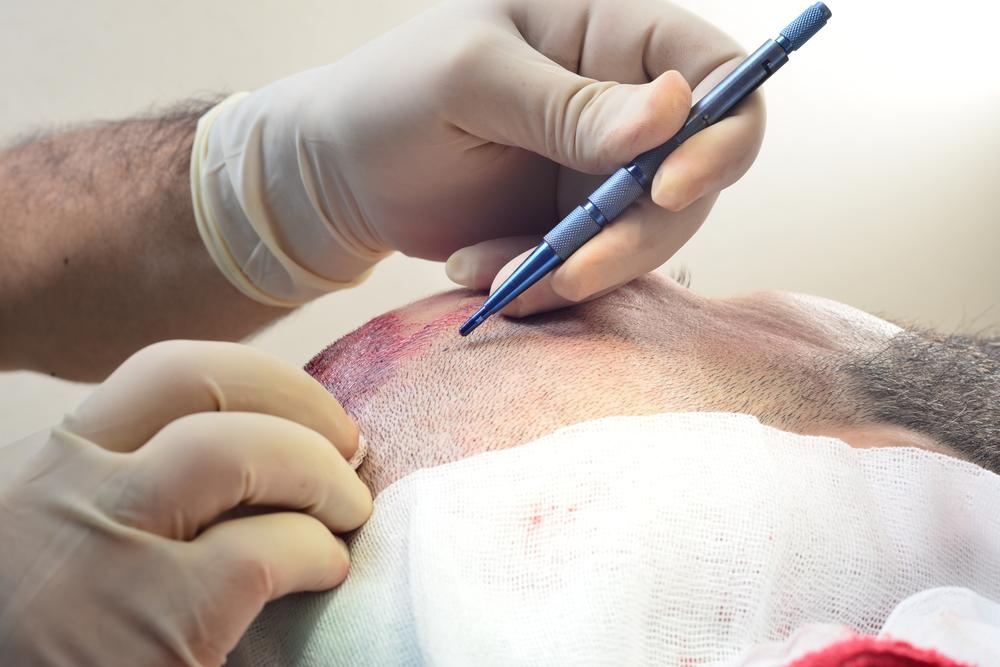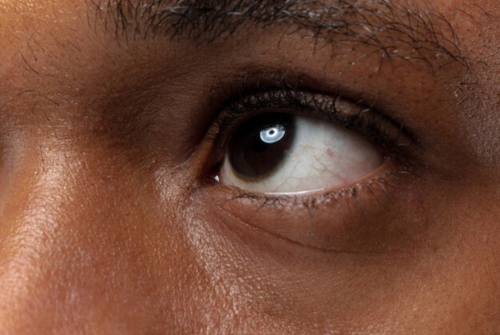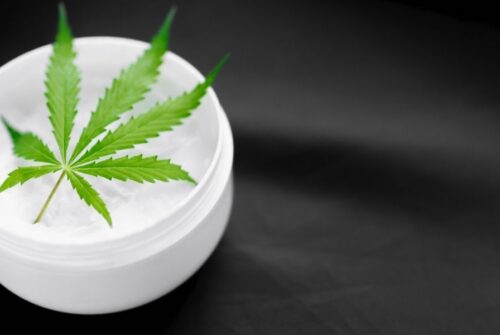
Cosmetic surgery requires achieving excellent aesthetic and natural results, along with addressing any flaws. There have been numerous instances of celebrities facing criticism for unsatisfactory cosmetic procedures. Similarly, a hair transplant procedure aims to create a natural-looking hairline with sufficient coverage. With the growing emphasis on aesthetics, the popularity of hair transplant in India is on the rise. Individuals from around the globe choose India as their preferred destination for hair transplants due to the quality of service provided. The competitive hair transplant cost in India, coupled with the high international standards maintained by select clinics, attract visitors to this location. Notably, there are only a few highly skilled hair transplant doctors in India who are globally recognized for their expertise and are considered among the best in the field.
People worldwide come to India for top-notch hair transplant procedures due to the significant decrease in the country’s hair transplant expenses in recent times. The Medispa hair transplant clinics in Jaipur and Delhi have been offering the finest hair transplant services since 2005. Numerous success stories have been produced by us, with many more still on the horizon. Dr. Suneet Soni is one of the most renowned hair transplant surgeons in India and globally.
Is hair transplant procedure completely painless?
The hair transplant procedure is completely painless, so you do not have to worry about any discomfort. Unlike other surgeries that may involve pain, hair transplantation is done under local anaesthetic to ensure a pain-free experience. Both the donor and recipient areas are numbed with local anaesthetic, allowing you to remain comfortable and relaxed throughout the process.
How can we make hair transplant procedure completely painless and comfortable?
At Medispa Clinic, we strive to ensure that our procedures are painless and comfortable for our patients. To achieve this, Dr Suneet Soni has introduced a ground-breaking local anaesthetic formulation. This formulation combines different anaesthetic drugs, resulting in a longer duration of action. Unlike other clinics, where patients may receive multiple injections at different stages of the procedure, our unique formulation only requires a single administration before the surgery. This eliminates the discomfort of repeated injections. The effects of this formulation last approximately 9-12 hours, surpassing the duration of even the longest hair transplant procedure.
Hair transplant: Can it be scar less?
Hair transplant procedures may result in scarring, as with any surgical procedure. While it is not entirely scar-free, the scarring from a hair transplant is typically very minimal and almost unnoticeable during the healing phase. To minimize scarring, it is important to choose a skilled and experienced surgeon for the procedure.
Hair restoration procedures:
In the realm of cosmetic hair restoration surgery, two advanced techniques are utilized, each varying in the method of hair extraction. These techniques are:
– The strip method, commonly known as FUT (Follicular Unit Transplantation) Hair transplant: A small strip of hair is extracted and then transferred to the graft separation chamber during a FUT hair transplant. Typically, the donor area is the sides and back of the head. These individual grafts are then implanted into the recipient’s balding area. Utilizing magnification during the procedure can help minimize damage to the hair transplants due to their small size. Therefore, each step should be carried out under high magnification.
– Follicular unit extraction (FUE) hair transplant: Individual grafts are harvested from the scalp using a surgical punch.
Causes of scarring post hair transplant
It is important to understand that scars are inevitable after a hair transplant procedure, as scarring is a common occurrence in all types of surgeries. While minimal scarring that is barely noticeable is achievable under ideal circumstances, severe scarring can occur due to various factors:
– Utilization of outdated techniques and tools during the procedure
– Insufficient training of the surgeon
– Lack of experience and qualifications of the surgeon
Is there a way to reduce scarring after a hair transplant?
In this modern era of advancements and innovations, hair transplantation has seen significant progress. With the help of advanced techniques, cutting-edge technology, and skilled professionals, it is now possible to greatly minimize scarring. Let’s delve deeper into the methods of reducing scarring after each hair transplant procedure.
Scarring occurring as a result of FUT hair restoration
During this procedure, a small slice of skin, measuring 1.5–2 cm, is taken from the donor area. This strip is then divided into smaller portions and sent to professionals to extract individual hair follicles. Suturing is necessary at the donor site to ensure painless healing, but if not done properly, it can lead to scarring. Once the hair follicles are harvested, they are implanted into the recipient area. To minimize scarring, a modern technique called “Trichophytic closure” is used to suture the donor region. This technique involves beveling one side of the incision and overlapping the edges when they are closed together. By utilizing this method, the resulting scars are nearly unnoticeable, and there is even potential for hair growth over the incision line.
Scarring following FUE hair transplant
After a follicular unit extraction (FUE) hair transplant, scarring may occur. During the procedure, each hair graft is individually extracted from the donor area using a punch-like tool with a specific diameter. The more hair grafts that are transplanted, the higher the likelihood of noticeable circular scarring. It is essential to extract each hair graft from a wider area in the donor region to minimize scarring. The latest punching tools have smaller diameters, leading to almost invisible scars. Therefore, selecting the appropriate punch device size is key to minimizing scarring.
How to remove scarring post hair transplant?
If scarring remains after a hair transplant procedure performed by an unskilled surgeon, scalp micropigmentation can be utilized to effectively hide the scars. This technique involves applying pigments in the form of small dots to the scarred area, giving the illusion of hair growth and completely covering up the scars.






